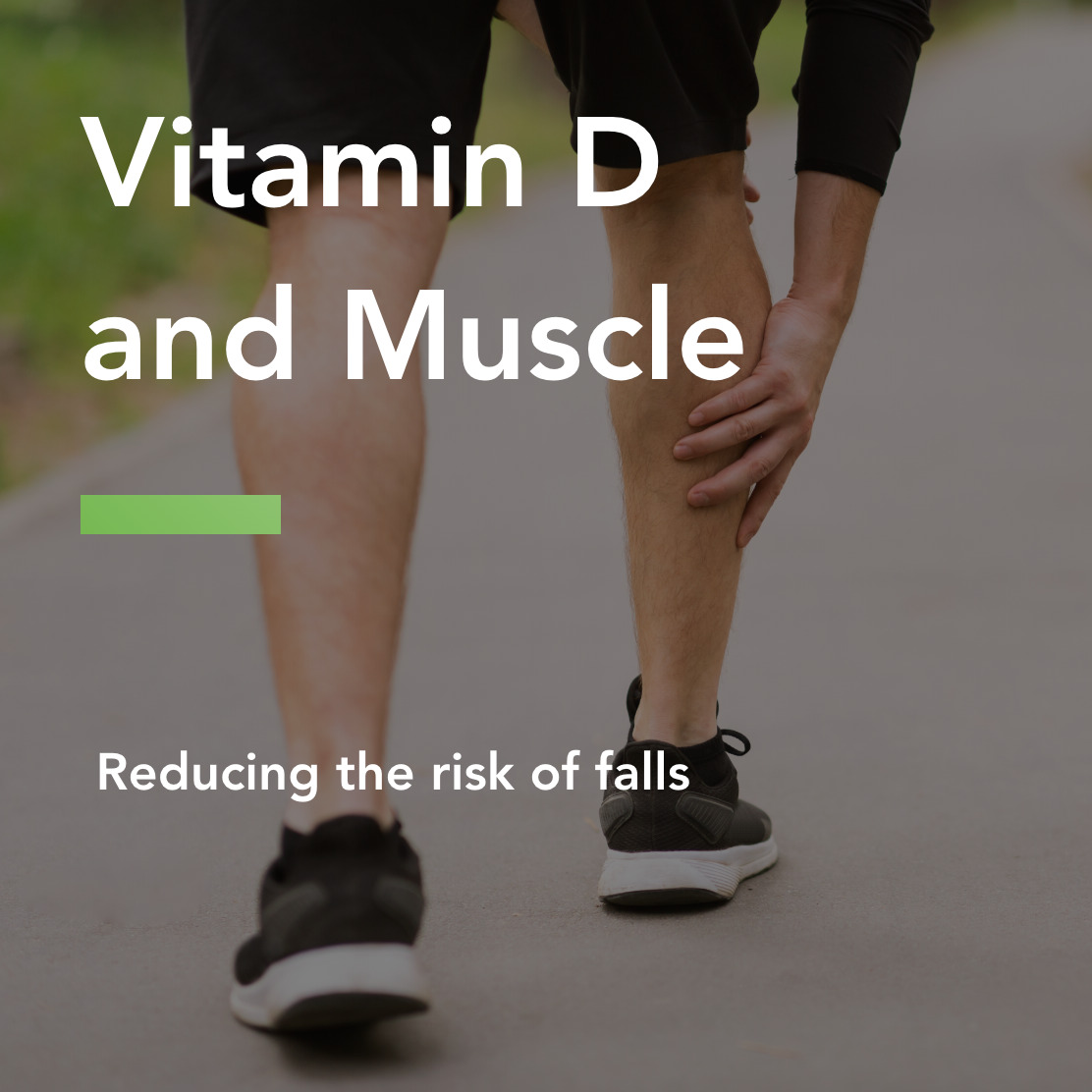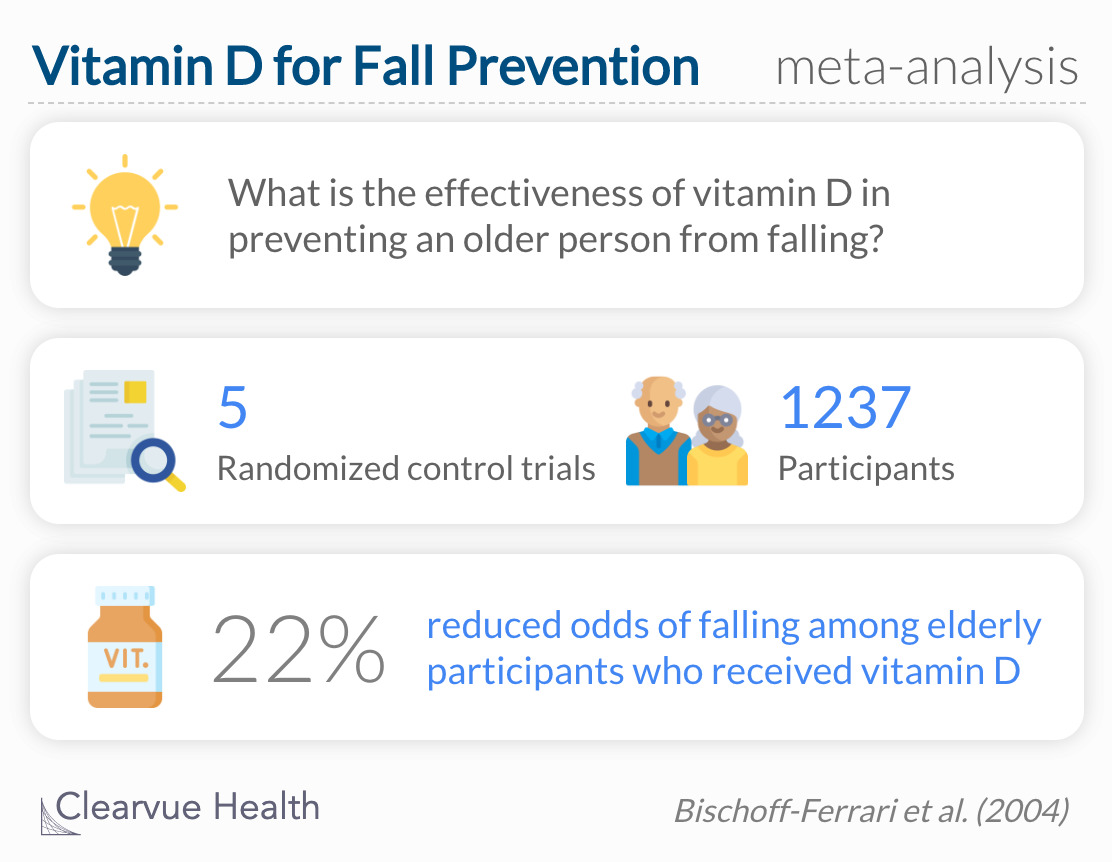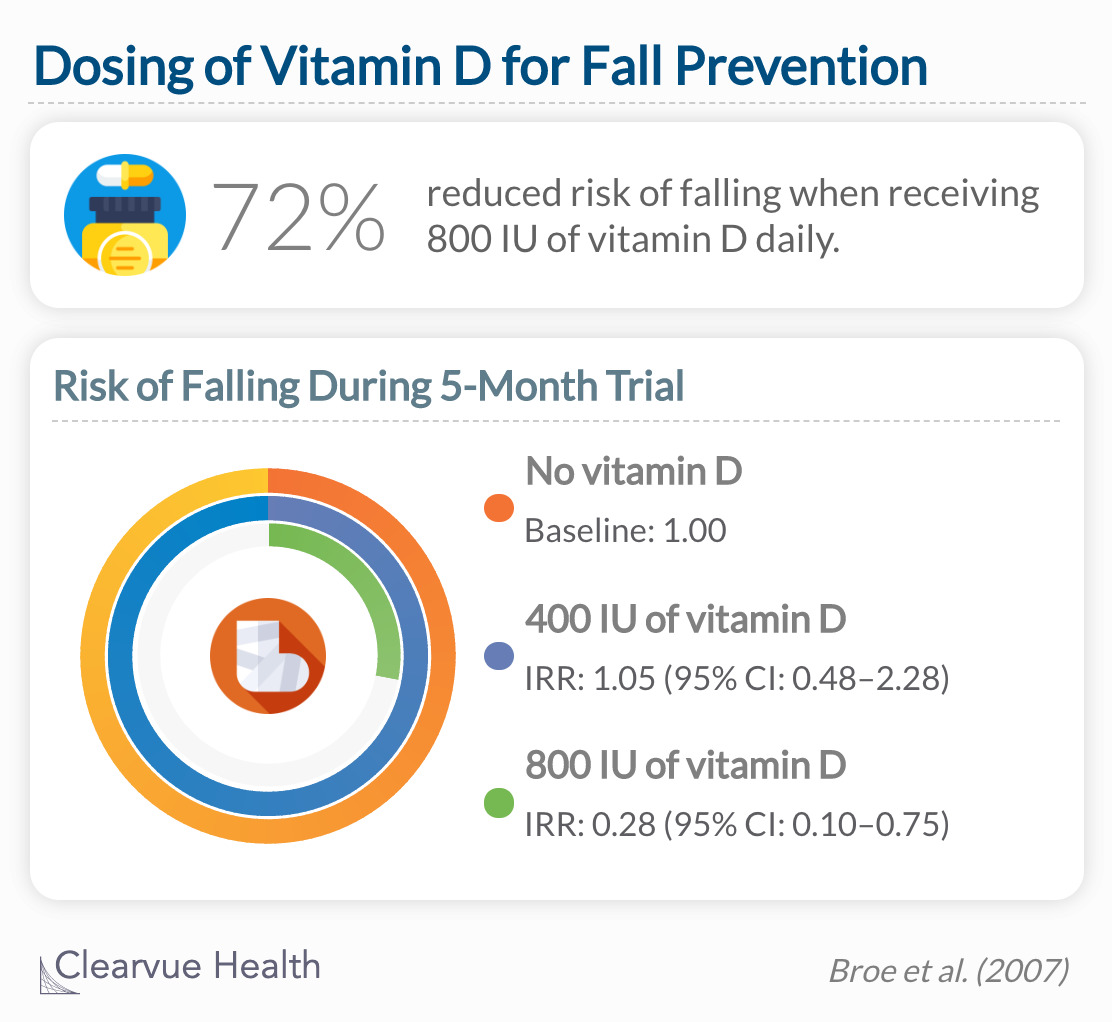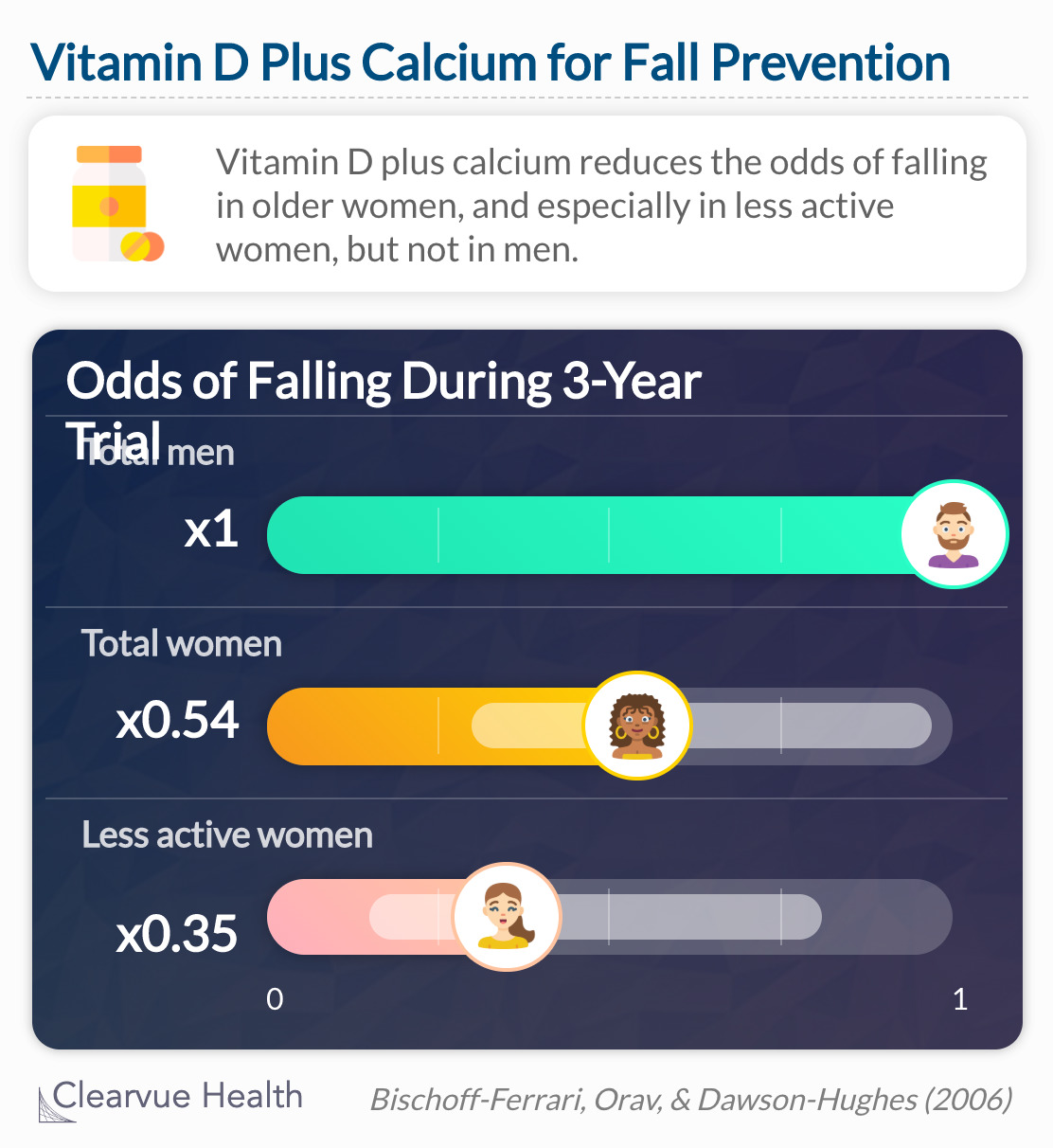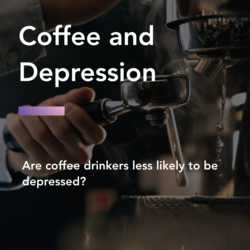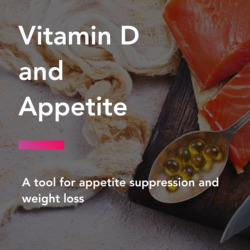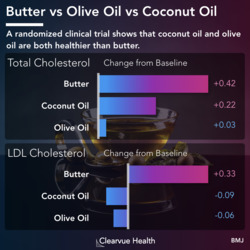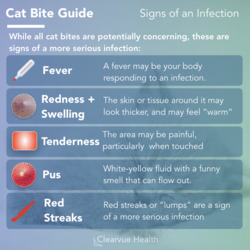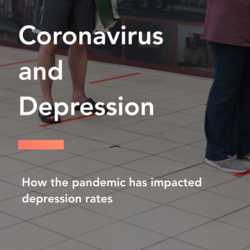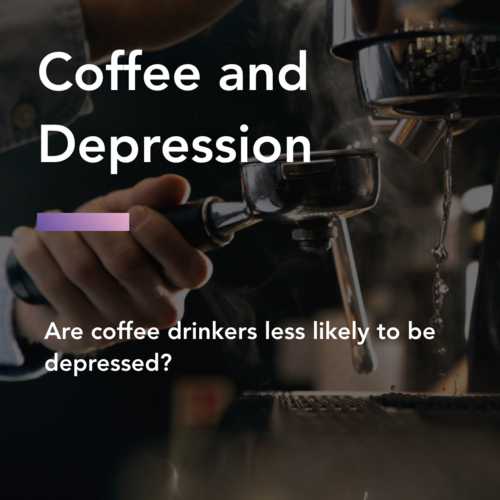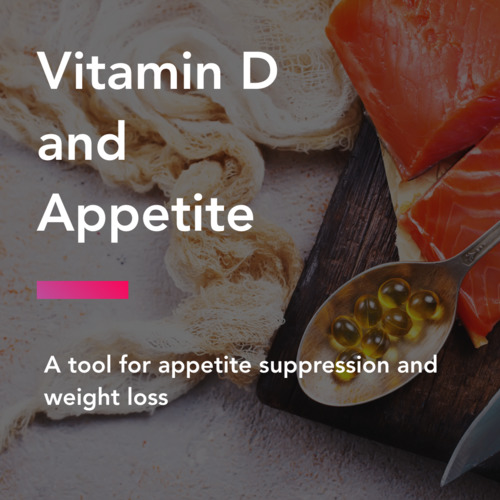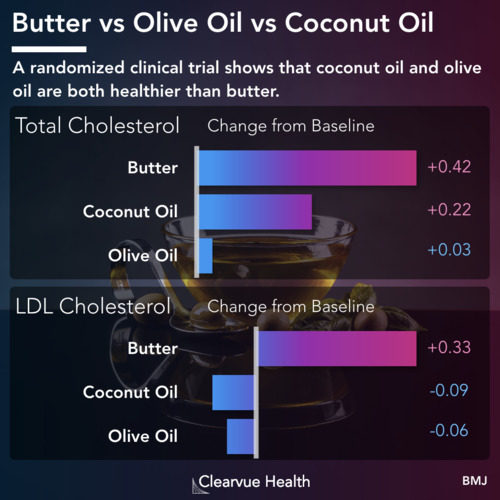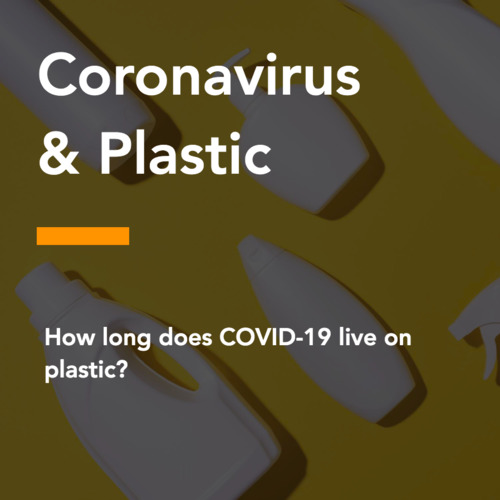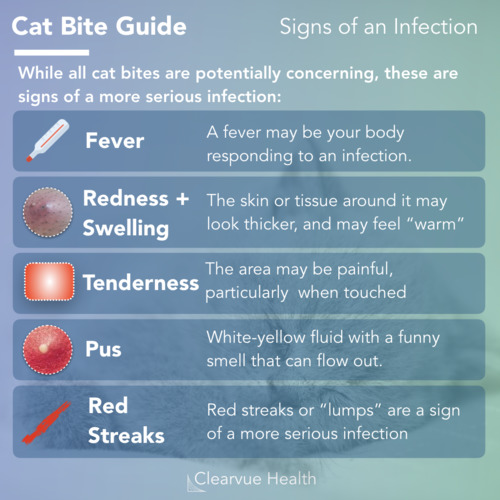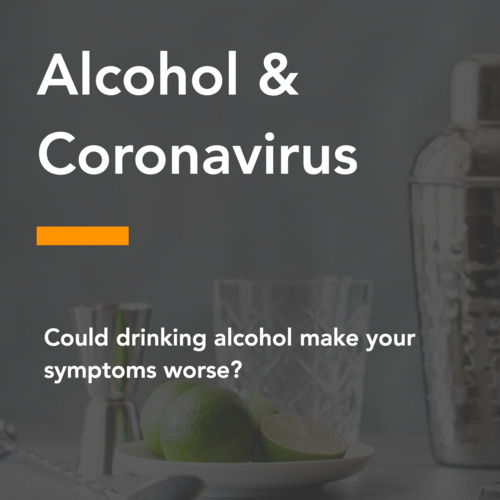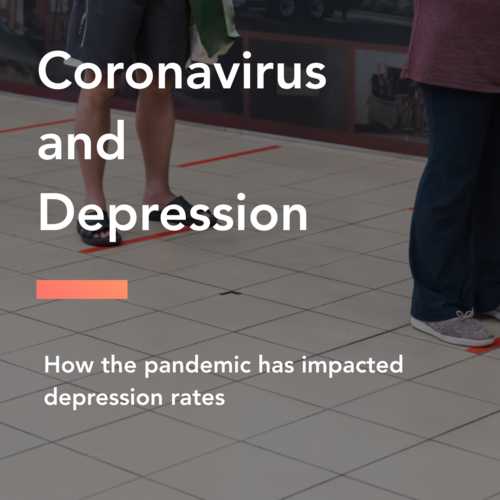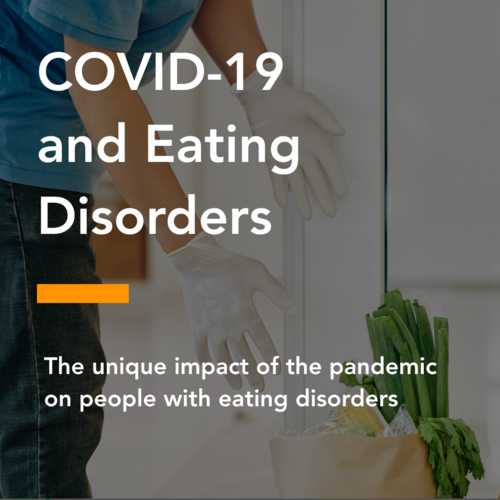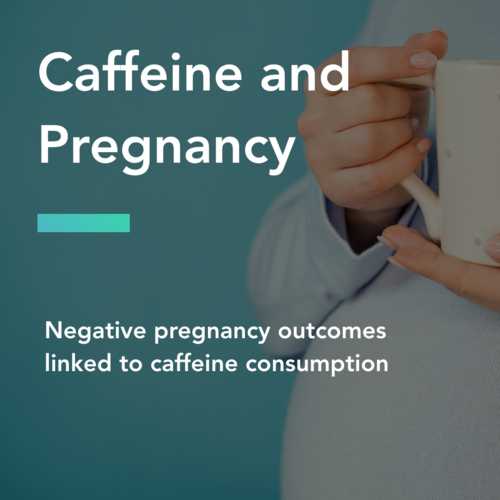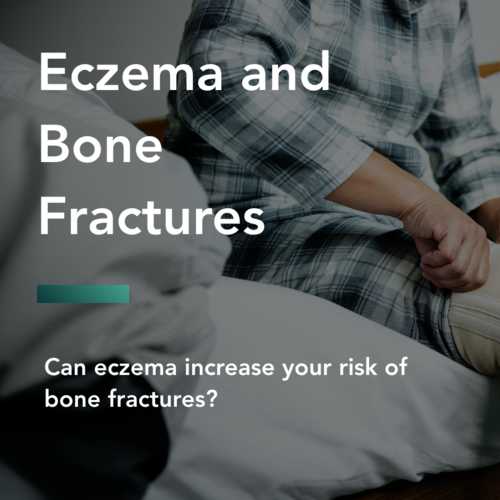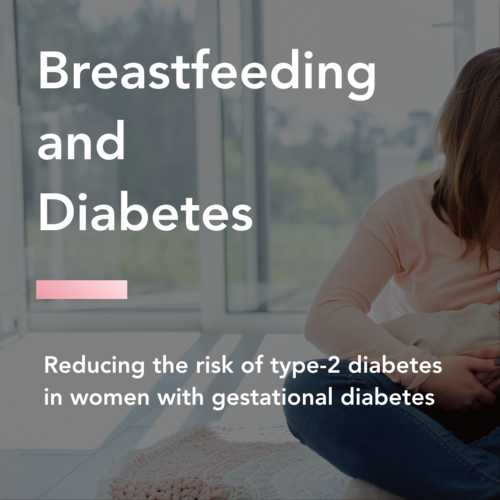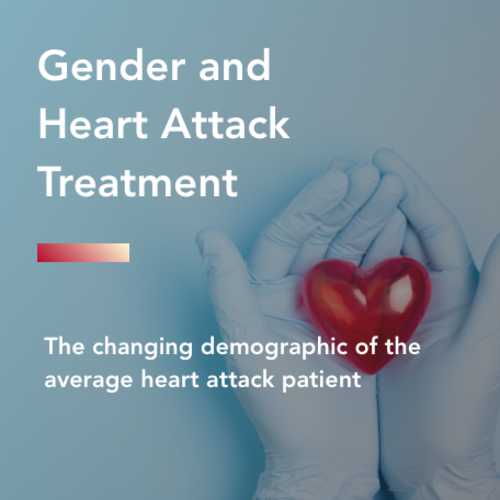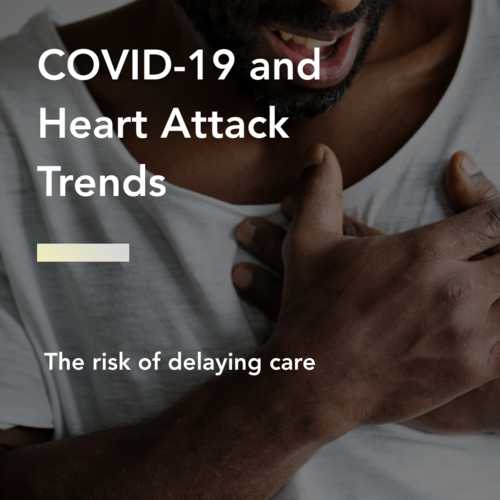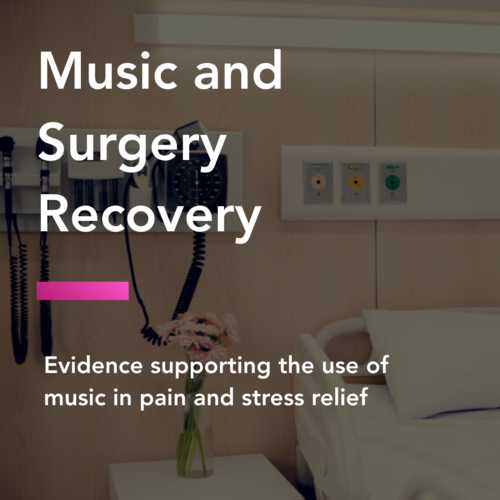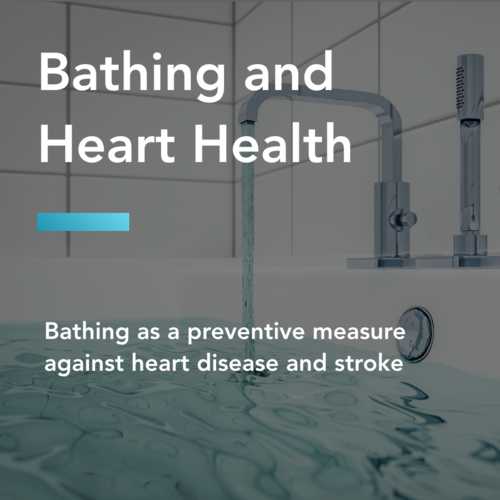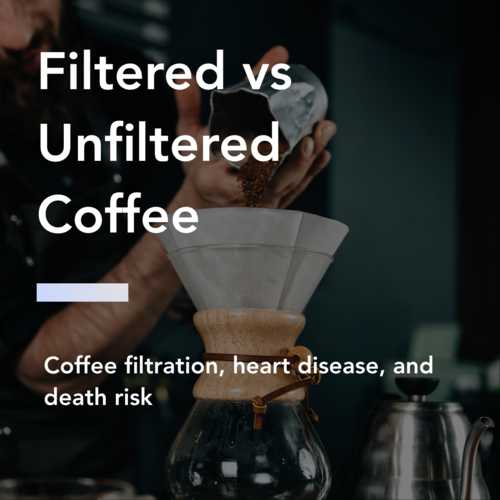Vitamin D and Muscle: Reducing the risk of falls
There are plenty of good and bad things about aging. Older people enjoy retirement and being grandparents, which are much more relaxing roles than working a full-time job with two kids. Seniors report less stress and more happiness compared to middle-aged people. Unfortunately, there are downsides to aging too. The brain may start showing signs of cognitive decline and dementia. The risk of many diseases increases with age. Also, muscle strength diminishes, which makes people more susceptible to falls. Luckily, vitamin D research has promising findings for maintaining muscle strength and preventing falls.
Effect of vitamin D on falls
Vitamin D supplementation appears to reduce the risk of falls among ambulatory or institutionalized older individuals with stable health by more than 20%.
Source: Effect of Vitamin D on Falls A Meta-analysis
Research on vitamin D for fall prevention has been conducted for many years. A group of researchers identified the highest quality studies and pooled their results into what is known as a meta-analysis. All the studies they chose were randomized control trials, which are the gold standard for clinical research. This type of trial greatly reduced the chance of bias and other factors that hinder the validity of the study.
After combining all the study results, they determined that vitamin D can reduce the odds of falling among elderly people by 22%. The next step in understanding vitamin D for muscle strength and fall prevention is to determine the best dosing and supplement combinations.
Dosing of vitamin D
To learn which dosing of vitamin D is best, researchers recruited 124 nursing home residents for a 5-month study. Participants were put into groups with different dosing on vitamin D and instructed to take the supplement daily. They measured the risk of falling over the 5-months to determine which dose of vitamin D was most effective in maintaining muscle strength and preventing falls.
IU group had a 72% lower adjusted‐incidence rate ratio of falls than those taking placebo over the 5 months (rate ratio=0.28; 95% confidence interval=0.11–0.75).
Source: A Higher Dose of Vitamin D Reduces the Risk of Falls in Nursing Home Residents: A Randomized, Multiple‐Dose Study
The analysis revealed that 800 IU of vitamin D was the only statistically effective dose for preventing falls. Any dose under 800 IU had mixed results and was not significant. Anywhere between 40-60% of participants in the lower-dose groups fell during the study, while only 20% of participants taking 800 IU of vitamin D reported a fall.
“
Adequate vitamin D supplementation in elderly nursing home residents could reduce the number of falls experienced by this high falls risk group.
Vitamin D and Calcium
Researchers wanted to see if the combination of vitamin D and calcium would be even more effective than vitamin D supplements alone. To do so, started by recruiting 199 men and 246 women 65 years or older who lived at home. Half of the sample received vitamin D and calcium supplements and the other half did not. This study was double-blinded, meaning neither the researchers nor the participants knew which group they were assigned.
Cholecalciferol-calcium significantly reduced the odds of falling in women (odds ratio [OR], 0.54; 95% confidence interval [CI], 0.30-0.97), but not in men (OR, 0.93; 95% CI, 0.50-1.72). Fall reduction was most pronounced in less active women (OR, 0.35; 95% CI, 0.15-0.81).
Source: Effect of Cholecalciferol Plus Calcium on Falling in Ambulatory Older Men and Women A 3-Year Randomized Controlled Trial
Interestingly, the benefits of vitamin D were only apparent in women. The supplement combination reduces the odds of falling in older women by 46%, and especially in less active women by 65%. Additional research is needed to explain why the benefits were different between men and women. Regardless, vitamin D and calcium significantly reduced the odds of falling over the 3-year trial period. This study, along with the studies discussed above, is strong evidence in favor of vitamin D supplement use in older adults.
